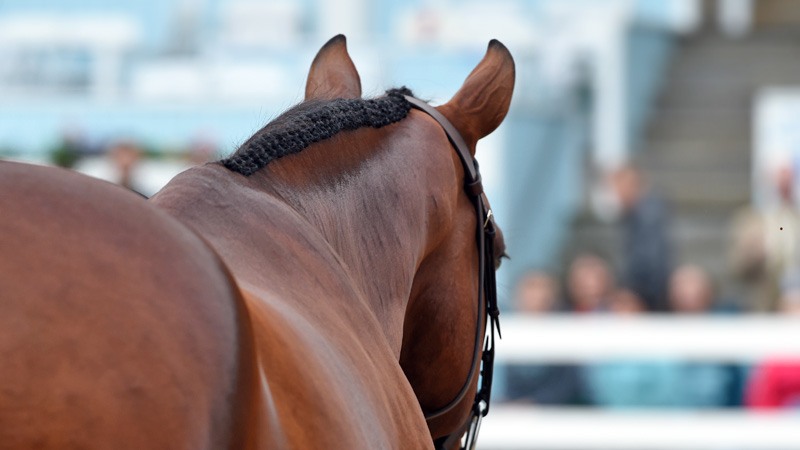Facilities set the price for stalls for show managers.
Show managers set the price of stalls for competitors.
There is absolutely no reason to expect that the cost is a pass through without any mark up. Additionally, if Show Manager A has 70 days or year booked and typically sells out, that show manager may have negotiated a discount based on volume which could further complicate the comparison between two shows.
Also, cost is tied into more things than just stalls. If a show offers more payout or lower class fees maybe they offset it with higher stall costs. Making a blanket assumption - any assumption - about costs based on different stall costs seems foolhardy unless you know the actual cost of the stall to the show manager. And really you need to know all the costs, staff, insurance, materials, officials, affiliate fees to do an honest comparison. In one show some other expenses might be offset by revenue from a higher stall markup. It could go the other way, stalls are at cost but other fees are higher. It may end up costing the same. One weekend show is the same to the exhibitor if it’s 200 stall+25 office +175 4classes or 150 stall+ (15office+10 EMT) applied each day + 175 4classes is the same end result, and in truth the stall probably cost the manager 40/day, it’s just they weighted the markup costs differently.


